
Rennes-le-Château is a castle in small hilltop village in Southern France that is at the center of many conspiracy theories. Some say that priest Bérenger Saunière discovered buried treasure in the 19th century, but there are many conflicting theories and stories about what exactly transpired in this area filled with beautiful scenery etched with deep river canyons.
The history of Rennes-le-Château reflects the history of many other European villages. It began with a prehistoric encampment, followed by a Roman villa. The area was a part of Septimania during the 6th and 7th centuries. Thirty thousand people lived in the city around 500-600 AD, with the number of castles rapidly increasing in the area around 1002 AD. In modern times, Rennes-le-Château became very famous when stories from the mid-1950s concerning Roman Catholic priest, Francois Bérenger Saunière, influenced modern writings including The Holy Blood and the Holy Grail, published in 1982, and The da Vinci Code, published in 2003.
The stories told about Rennes-le-Château and Bérenger Saunière consist of many theories, revolving around all matters of conspiracies involving the Blanche of Castile, the Merovingians, the Knights Templar, the Cathars, and later, the Priory of Sion, the Holy Grail, Mary Magdalene, and the remains of Jesus Christ.
The starting ground for these conspiracy theories involve Bérenger Saunière. He was the priest of a small village from the late 19th to early 20th centuries. Somehow, Saunière came across large sums of money – amounts so large that it is unimaginable how a small village priest could come to have such wealth. This led to much speculation as to where and how he got the money. Some say that he discovered a buried treasure, but this theory has never been substantiated.
During his first few years in the village, Saunière lived in poverty. He kept meticulous accountings of his money, which showed that in 1892 he owed a debt of 105 francs and had savings of 80.65 francs. From the 1890s on, his papers showed that he spent an alarming total of 660,000 francs. As a priest, he earned a salary of 900 francs per year. Around 1880, the going rate for a single mass was 1 franc, so it is difficult to imagine that Saunière could have earned such an income on performing mass alone. In 1910–1911 Bérenger Saunière was summoned by the bishopric to appear before an ecclesiastical trial to face charges of “mass trafficking” – receiving money for masses that he never actually performed. He was found guilty and suspended of the priesthood. When asked to produce his account books he refused to attend his trial.
Even if Saunière was guilty of this, he could not have collected enough through this practice to amount to the sums he spent over his lifetime. As his life came to an end, Saunière began having financial difficulties. It has been noted that this time in his life corresponded with the start of World War I, which may indicate that his funds were held abroad, and he could no longer access them.
Saunière’s income and spending have led to many conspiracy theories about Rennes-le-Château and where the money may have come from. Some say he came across a buried treasure. Others accused him of digging graves and stealing from the dead. When his spending was investigated by the church, Saunière claimed that the money had been gifted to him. Marie Dénarnaud, the faithful housekeeper who was accused of digging through graves with Saunière, claimed to know a secret that would make one extremely wealthy. When Noel Corbu purchased the Saunière estate from her, she told him she would tell him a secret that would make him powerful and rich. However, prior to her death, Dénarnaud had a fit that left her unable to write or speak. She ultimately took her secret to the grave.
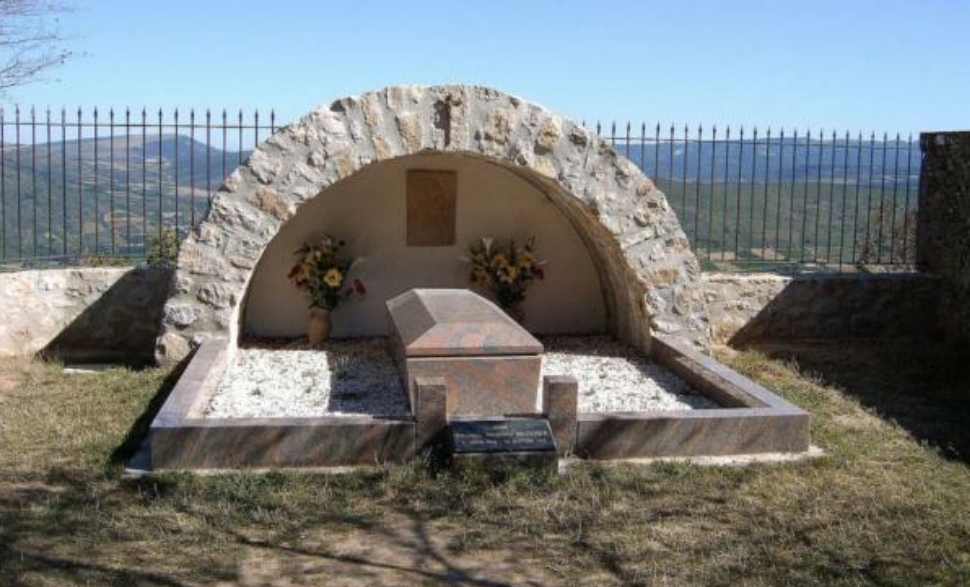
Saunière’s Grave in Rennes-le-Château ( Wikipedia)
During the 1950s, Corbu began circulating stories that Saunière was in possession of parchments, which he found while renovating his church in 1892, and that these were linked the treasure of Blanche de Castile, supposedly amounting to 28,500,000 gold pieces. This was the treasure of the French crown assembled by Blanche de Castile, wife of Louis VIII, to pay the ransom of her son Louis IX (Saint Louis), who was captured during a crusade. The surplus was said to have been hidden at Rennes-le-Château.
It was during the 1960s that Corbu’s stories took on a life of their own, and ignited interest in the case of Saunière and Rennes-le-Château. Corbu’s account of Saunière reached the ears of Pierre Plantard, a French draughtsman who is famous for claiming to be a direct Merovingian descendant and for being the principal perpetrator of the Priory of Sion story. Plantard adapted Corbu’s story and entwined it within the mythological account of the Priory of Sion, which inspired the 1967 book L’Or de Rennes by author Gérard de Sède.
A decade later and the story of Saunière became even more convoluted and mixed up with conspiracies relating to the ‘Jesus bloodline’, made popular in the bestselling book ‘Holy Blood, Holy Grail’. Wikipedia reports:
“The book claimed Bérenger Saunière discovered proof (possibly the Marriage Certificate) that Jesus Christ and Mary Magdalene were married, and their descendants became the Merovingian dynasty. Among the book’s hypotheses are the possibilities that this was the secret of the Priory of Sion; that Pierre Plantard could have been the descendant of Jesus Christ; that the source of Saunière’s wealth could have involved the blackmailing of the Vatican.”
This theme was further picked up by Dan Brown for his famous historical novel, ‘The Da Vinci Code’, which led to a further surge of interest in Rennes-le-Château. The story of the castle and the priest with his hidden treasure has since become popularized in radio shows, TV programs, and films, and it is now virtually impossible to separate fact from fiction in this complicated conspiracy story.
To this day, the secret of Saunière’s fortune remains a mystery. Many theories as to where he got the money have been developed, but none substantiated. Was he a dishonest priest, highly skilled in mass trafficking? Did he come across buried treasure? Was his money kept and hidden overseas? We may never know the real story of Saunière and his fortune, the truth of which he most likely took to his grave when he passed away on 22 January 1917.


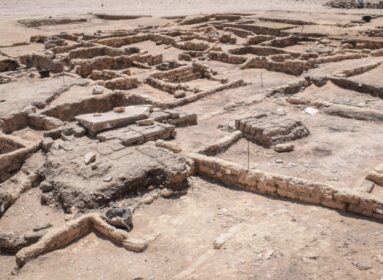
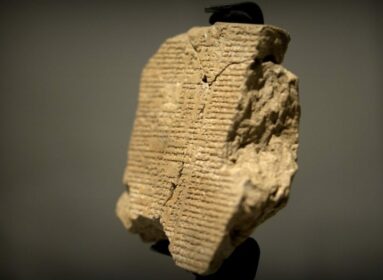
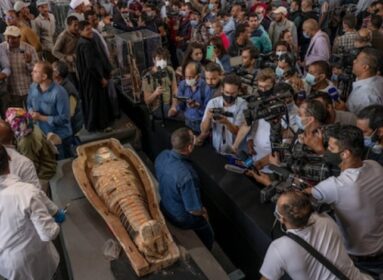
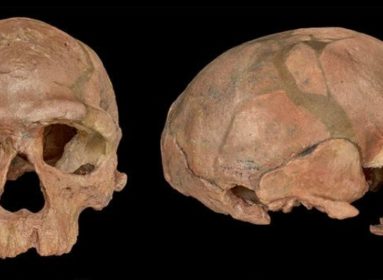







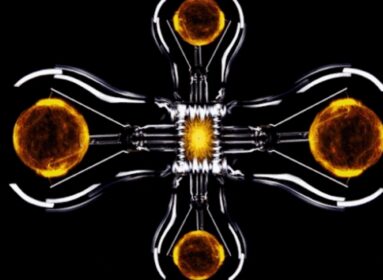

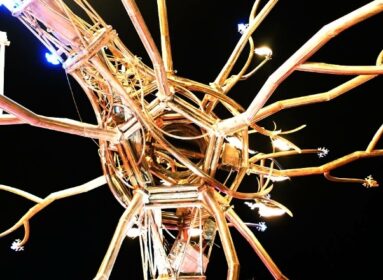








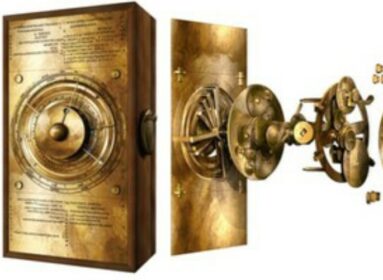
















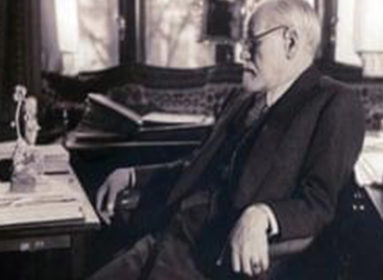
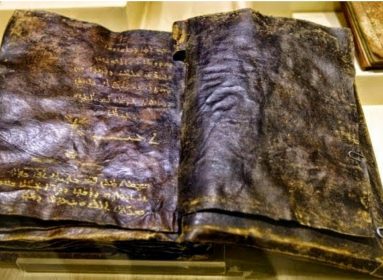






















Comments are closed.